
2012 London Olympic Torch Route: Final Week
Final week
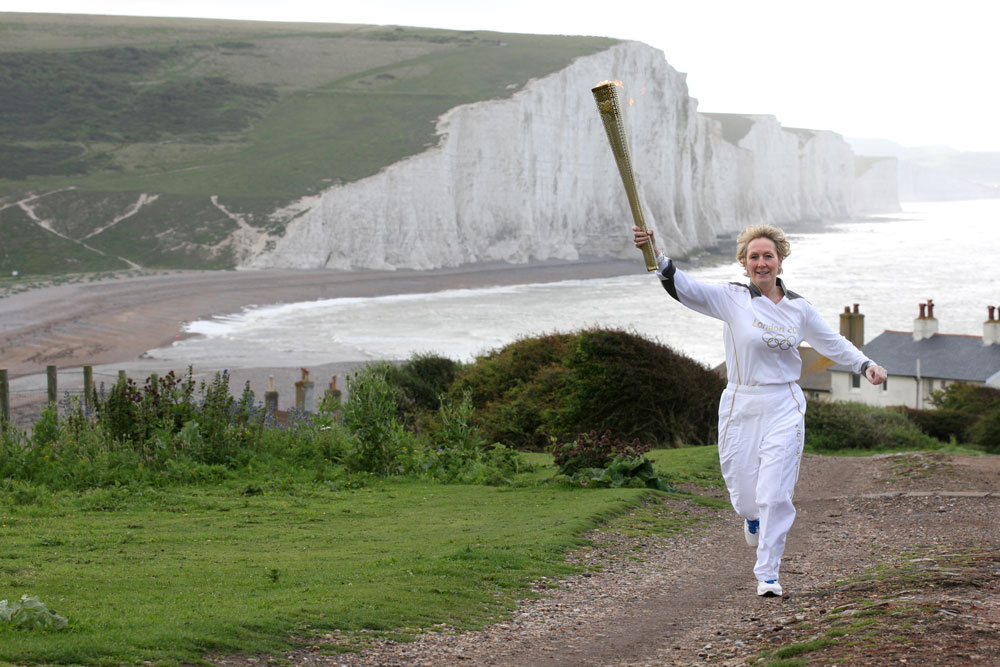
The 2012 London Olympics games are just a few days away!
Over the past nine weeks, OurAmazingPlanet has taken a virtual sight-seeing journey along the torch route. The torch has wound its way throughout the United Kingdom, first entering the country in Cornwall, then winding through Wales, then across the Irish Sea to Northern Ireland and back again to Scotland. Over the last few weeks it has made its way throughout England and even taken a jaunt to the Channel Islands.
The relay is winding down, but some of Britain's most famous sites such as the Tower of London and Big Ben remain to be visited as the torch this week finally comes to London and travels around the many boroughs of the host city before it is taken to the Olympic Stadium to usher in the Games of the XXX Olympiad, which runs from July 27 through Aug. 12, 2012.
For this final week of the torch relay, the route ventures past the infamous Tower, over the Prime Meridian, through the historic City of London and past the Queen's residence of Buckingham Palace. The final leg of the journey will take the torch in the Queen's barge up the Thames and to the Olympic Stadium, where the games will begin.
Greenwich Day 64
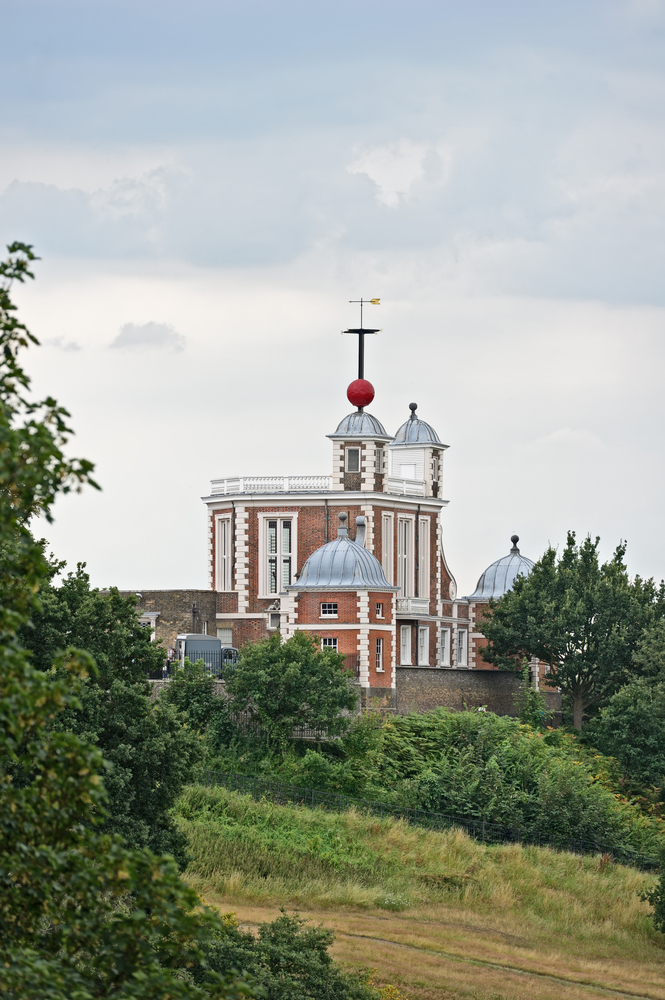
Yup, that's the same Greenwich that gave its name to the Greenwich, or Prime, Meridian (0 degrees longitude) and Greenwich Mean Time (GMT). The meridian is internationally recognized as the official starting point for every day, year and millennium.
GMT originally referred to mean solar time at the Royal Observatory in Greenwich, which was commissioned by King Charles II in 1675 to improve ocean navigation. Of particular concern was finding longitude at sea. Today, the observatory is part of the National Maritime Museum and is one of the key parts of the UNESCO World Heritage site of Maritime Greenwich, which was granted World Heritage status in 1997.
Visitors to the observatory can straddle the Prime Meridian and stand in both the West and East Hemispheres at the same time. All other places in those hemispheres are measured by the number of degrees they are east or west of the Prime Meridian.
Greenwich also contains the Queen's House, part of the last Royal Palace in Greenwich, previously called the Palace of Placentia, which was the birthplace to Henry VIII and his daughters Mary I and Elizabeth I.
The Royal Observatory was designed by the famous architect Christopher Wren and noted scientist Robert Hooke, while the Queen's House was built by Inigo Jones. The UNESCO World Heritage designation acknowledges the important architecture of the spot, as well as its involvement in major English art and science milestones in the 17th and 18th centuries.
Tower of London Day 64
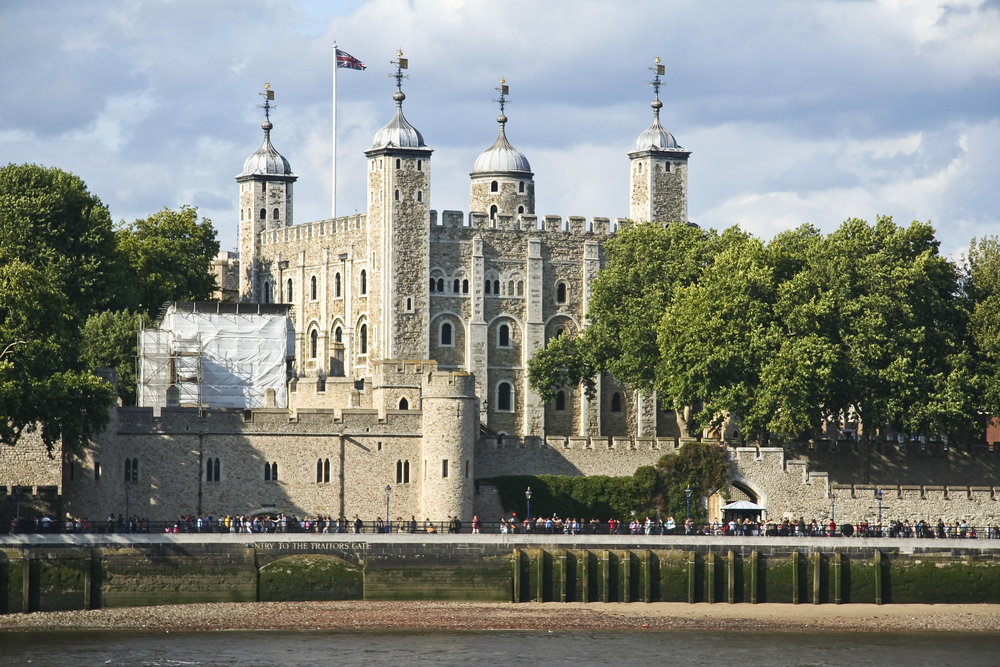
The Tower of London, situated on the River Thames in the heart of London, is probably one of the most famous and infamous landmarks in Britain.
The history of the Tower begins with William the Conqueror, who built on the site in the late 11th century a fortress from which he could rule and intimidate the London populace. The early defenses were replaced by the White Tower, which dominated the skyline for miles around.
The Tower was updated and expanded by later monarchs and had reached its present incarnation by around 1350.
Monarchs occasionally stayed in the Tower, though it was never intended as a residence. It was used as a prison from its beginning and also store valuables. Political prisoners were held in the Tower after Henry VIII broke with Rome, and two of Henry's ill-fated wives were also held there. Elizabeth I was imprisoned there by and during the reign of her half-sister Queen Mary I.
The spot where Anne Boleyn and others were executed can be seen in the Tower Green.
After Charles I was executed in 1649, many of the king's possessions were sold by Parliament and the Crown Jewels were ordered to be destroyed. New crown jewels, many made after the monarchy was restored in 1660, are now on view in the Tower. Royal armor is also on display.
Yeoman Warders (often called "Beefeaters") have formed the Royal Bodyguard since at least 1509 and still guard the Tower today, even conducting tours.
The entire Tower complex is part of a UNESCO World Heritage Site.
Royal Botanic Gardens, Kew Day 67
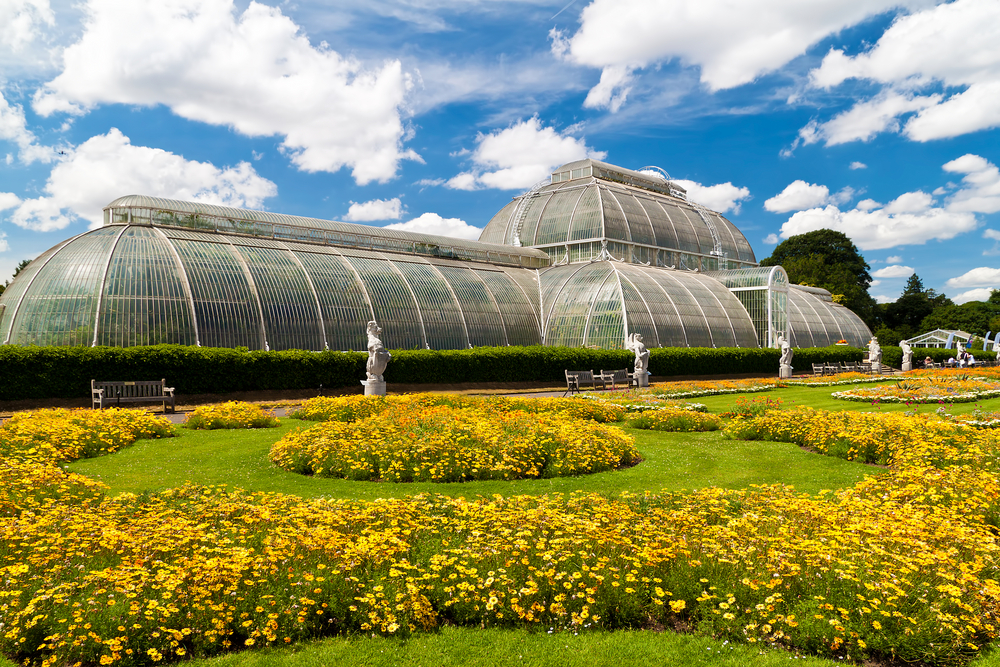
Situated along a bend in the River Thames, the Royal Botanic Gardens, Kew, are much more than a pretty landscape and collection of exotic plants. Kew conducts research worldwide and promotes conservation and operates under the motto, "All life depends on plants."
Kew was initially a village that grew as a series of palaces were establish and nearby Richmond and the area gained more importance. Gardens existed at the manor house at Kew in the 17th century, but it was in the mid-18th century that the first botanic garden was established there when Princess Augusta saw through the original garden plans of her late husband, Crown Prince Frederick, along with the Earl of Bute, who wanted the gardens to contain every plant on Earth. The gardens became an important area for the study of plants in many aspects.
Today, Kew has myriad attractions, from formal gardens to iconic buildings to their Millennium Seed Bank, where they hope to gather seeds from 25 percent of the world's plants by 2020 to keep the world from losing many plants facing extinction. Themed walks, landscapes and gardens feature everything from azaleas to hollies, redwoods to a traditional Japanese tea garden.
Kew became a UNESCO World Heritage Site in 2003, recognized for their contributions to the study of botany and plant diversity, the work of internationally renowned landscapers such as 'Capability' Brown, and their extensive collections.
City of London Day 69
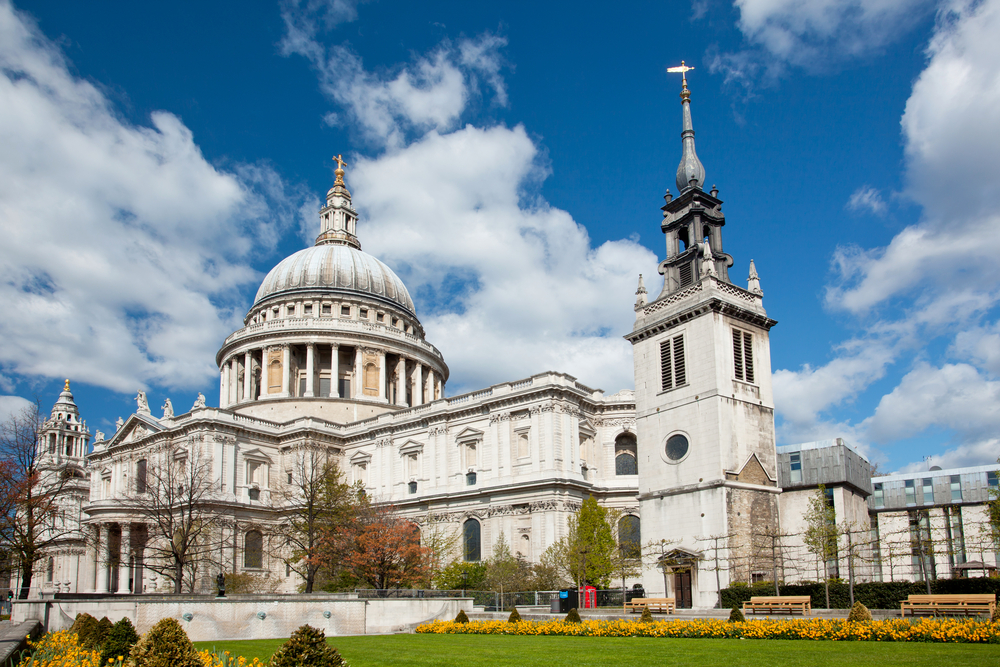
The City of London, distinct from the larger metropolitan area, is where this world capital first arose.
The City was established in A.D. 50, about seven years after the Romans invaded Britain. The remains of the wall that surrounded the Roman city, called Londinium, can be seen in some places, as well as the foundations of the Roman Temple of Mithras.
Because of the city's position on the river, trade flourished there and tradesmen congregated in areas by their trade (the names of the City's streets, such as Ironmonger Lane, still bear witness to this time). As exploration opened the British Empire, merchants formed companies, such as the East Indian Company to take part in worldwide trade.
The development of businesses such as the London Stock Exchange and the Bank of England helped make the City a financial center, which it still is today.
Also in the City is St. Paul's Cathedral, a nationally important church that sits on a site that has been a place of worship since 604. The present cathedral is the fifth to stand on the spot from that time and was the first church built after the Reformation, designed by the legendary architect, Sir Christopher Wren.
The predecessor to this cathedral was destroyed in the Great Fire of London, which began in a baker's house on Pudding Lane on Sept. 2, 1666, and engulfed much of the City. The monument to the fire was designed by Wren and Dr. Robert Hooke. It is a 202-foot-high (61 meters) Doric column completed in 1677. The height of the column is the distance between it and the site where the fire started.
Westminster Abbey Day 69
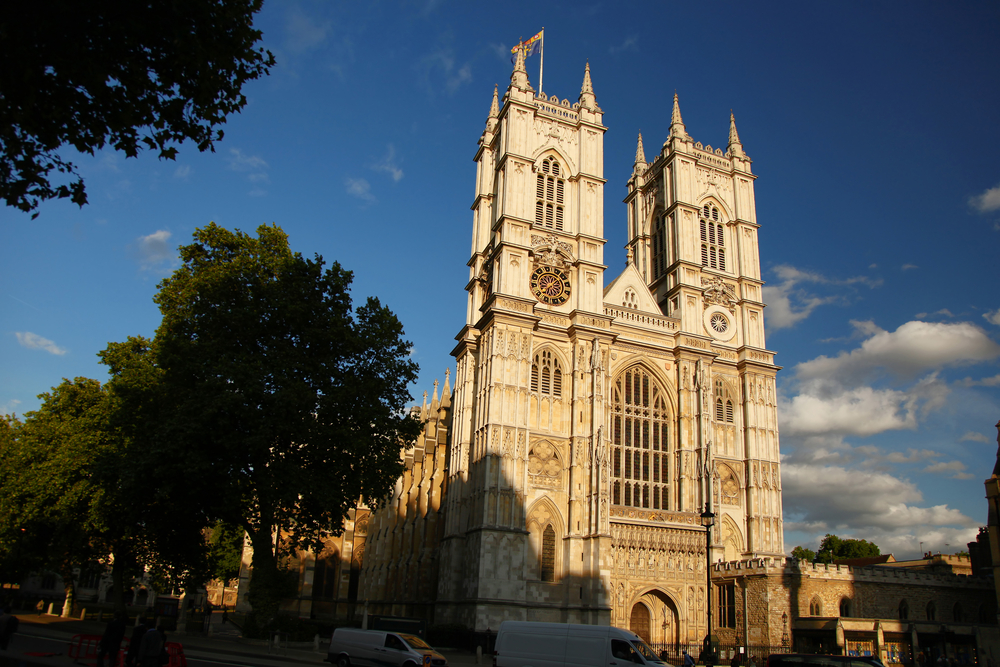
Benedictine monks first came to the site where Westminster Abbey now stands in the 10th century. A stone church and monastery was constructed by King Edward the Confessor in the 1040s, which came to be known as the "west minster" to distinguish it from St. Paul's Cathedral in the City of London (the "east minster"). A few vestiges of this church remain in the present Westminster Abbey, more correctly called the Collegiate Church of St Peter, Westminster.
That abbey survived until the 13th century when King Henry III decided to rebuild it beginning in 1245. That structure, the present incarnation of the abbey, is one of the country's most important pieces of Gothic architecture. The remains of Edward the Confessor, as well as several medieval monarchs and their consorts, are entombed at the abbey.
The coronations of British monarchs, including Queen Elizabeth II, have taken place at the abbey since 1066, when William the Conqueror was crowned King on Christmas Day.
Buckingham Palace Day 69
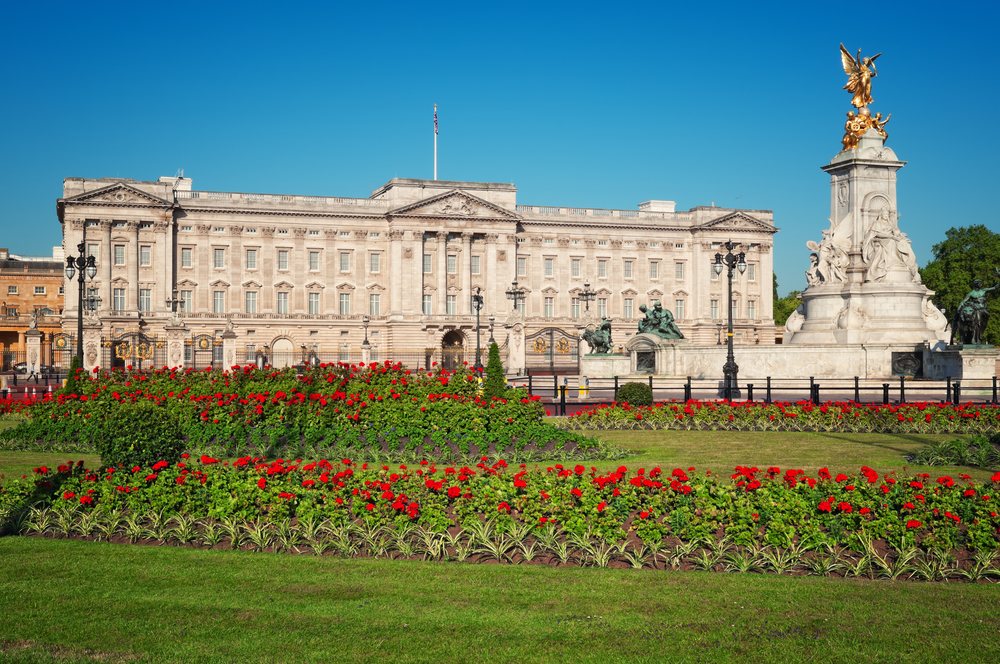
Situated in the City of Westminster in London, Buckingham Palace has been the official London residence of the British monarch since 1837.
The palace contains 775 rooms, according to the official website of the monarchy, including 78 bathrooms. The State Rooms can be visited by the public, and the famous Changing of the Guards can be
Originally the site of the townhouse of the Duke of Buckingham, King George III bought it in 1761 for his wife, Queen Charlotte. George IV had it transformed into a palace, with some of the rooms in the palace today remaining largely unchanged from that time. Queen Victoria was the first monarch to reside in the palace, moving in shortly after her coronation. Victoria had a fourth wing added to the palace.
Sign up for the Live Science daily newsletter now
Get the world’s most fascinating discoveries delivered straight to your inbox.
Houses of Parliament & Big Ben Day 69
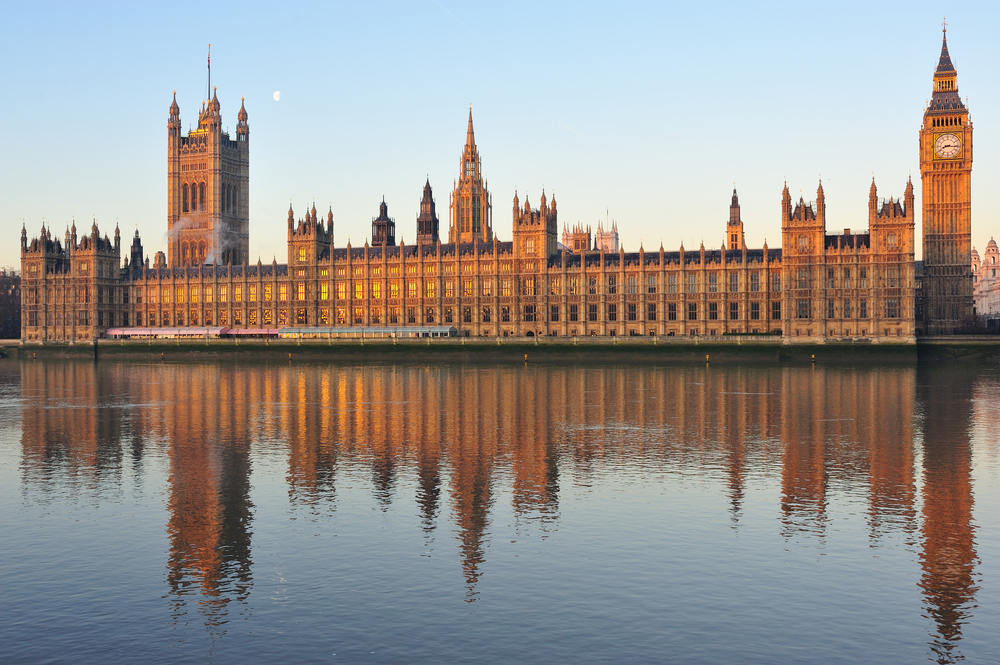
The Houses of Parliament, formally known as the Palace of Westminster, with Big Ben standing by their side, are situated in the City of Westminster near to Westminster Abbey and are the heart of the British government.
The religious importance of the site and the royal interest in fostering the abbey prompted a series of palaces to be built in the area as well. Edward the Confessor built a palace nearby so that he could oversee the construction of Westminster Abbey, though little is known about this early palace.
Westminster Hall was built by William the Conqueror's son in 1097, and the site gradually gained more importance as a place of government.
Parliaments began meeting at Westminster in the 13th century, including in the White Chamber, which is now the House of Lords. Westminster only became the permanent home of Parliament after Henry VIII abandoned it as a royal residence in 1512.
Westminster Hall, the Jewel Tower, the Cloisters and the Chapter House of St. Stephen's, and the Chapel of St. Mary's Undercroft are the only surviving parts of the medieval palace.
Construction began on Big Ben, the name commonly used for both Clock Tower, the clock and the bell, in 1843 in the Westminster complex. The clock began keeping time on May 31, 1859. The name Big Ben was actually originally used for only the bell.
Hampton Court and down the Thames Day 70

The day has finally arrived! On Day 70 of the torch relay, the torch will set off from Hampton Court and make its way down the River Thames aboard the Royal Barge Gloriana to Tower Bridge for a final photo opp, before it makes its way to the Olympic Stadium in the Opening Ceremonies.
Hampton Court is a royal palace that began as a manor house. Cardinal Thomas Wolsey, the chief minister to Henry VIII, transformed the place into a palace. He later lost the palace to the King when the pope would not grant Henry a divorce. Henry rebuilt the palace and it was his favorite among his 60 residences.
William Shakespeare visited the palace to produce his plays for the royals under the reign of King James I. His son, Charles I was held prisoner there by the Parliamentarians during the English Civil War. Oliver Cromwell used the palace as his country home when he took power.
Sir Christopher Wren left his mark on the palace when King William III and Queen Mary II had him redesign the east and south facades of the building and their apartments there. King George II's reign was the last time the royal family used the entire palace.
Queen Victoria opened the palace to the public in 1838.
When the torch leaves Hampton Court, where it will wind its way through the world's oldest hedge maze, it will have visited more than 1,000 communities across the United Kingdom, of which OurAmazingPlanet has taken you to a small, but important and awe-inspiring, collection. We hope you enjoyed your virtual tour and that you enjoy the Olympic Games!

Andrea Thompson is an associate editor at Scientific American, where she covers sustainability, energy and the environment. Prior to that, she was a senior writer covering climate science at Climate Central and a reporter and editor at Live Science, where she primarily covered Earth science and the environment. She holds a graduate degree in science health and environmental reporting from New York University, as well as a bachelor of science and and masters of science in atmospheric chemistry from the Georgia Institute of Technology.









